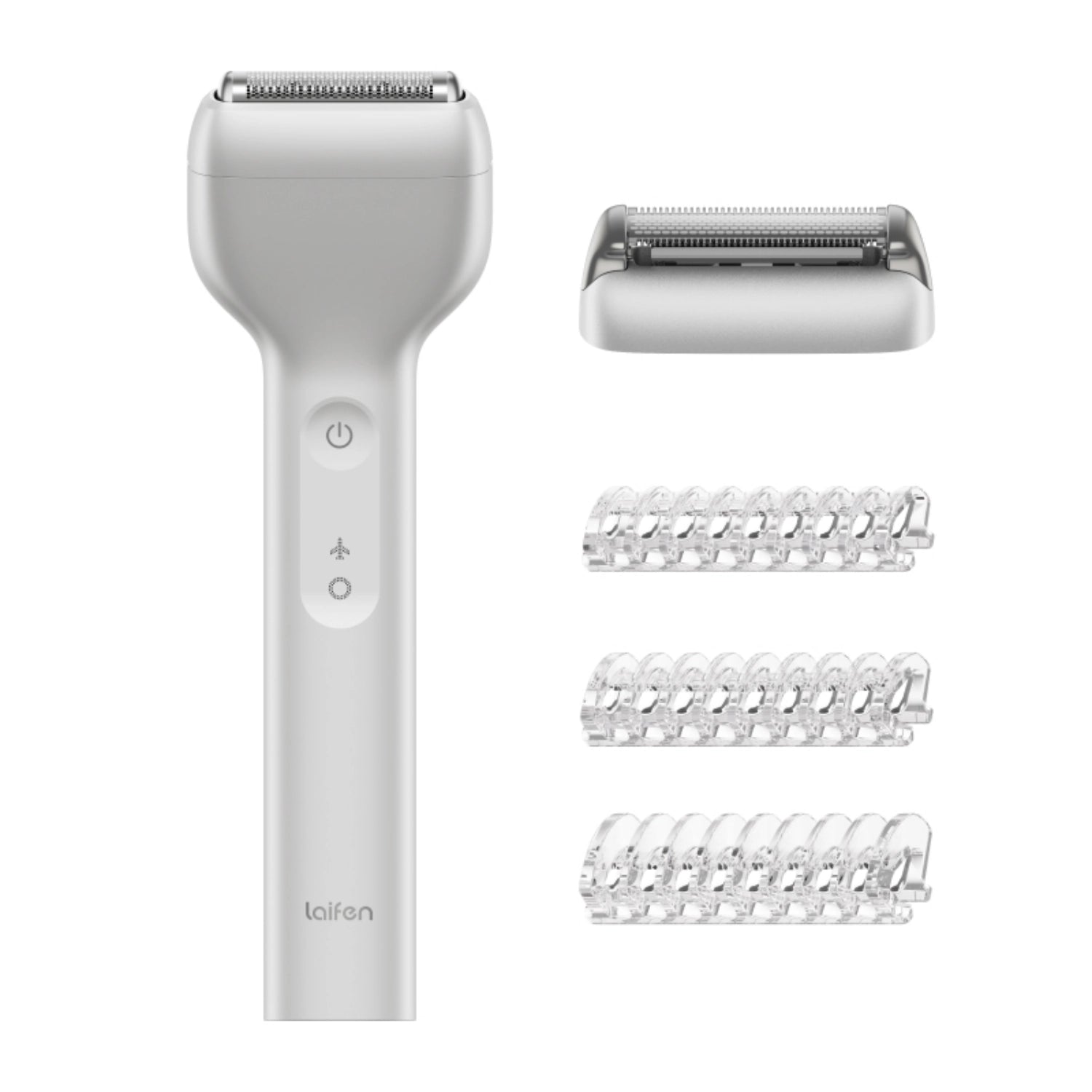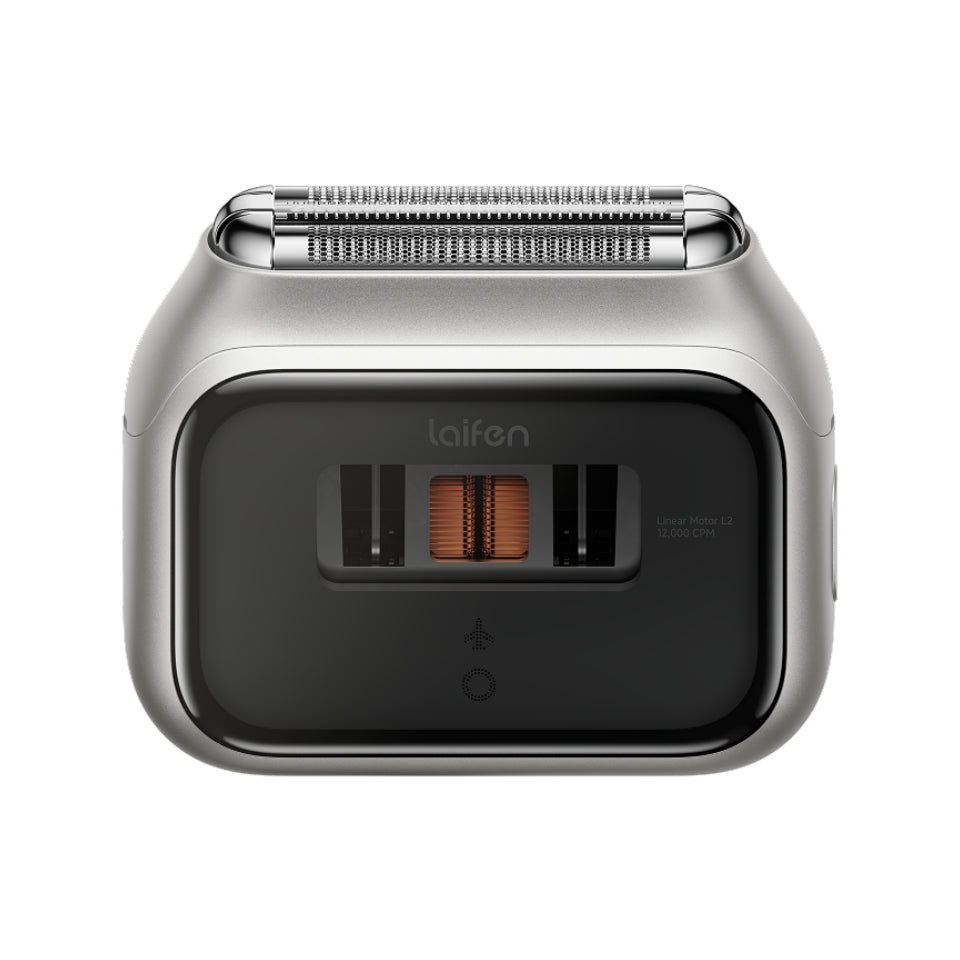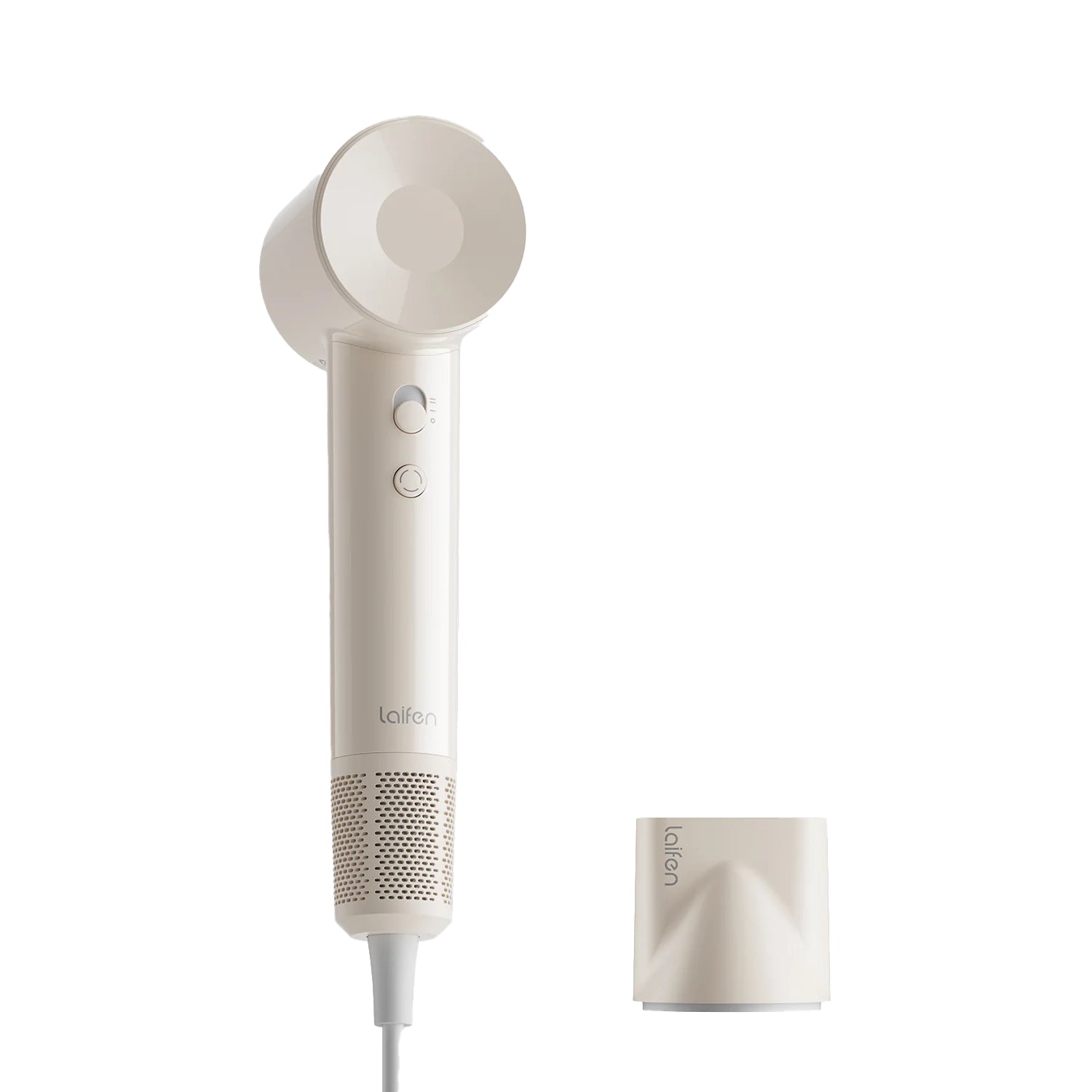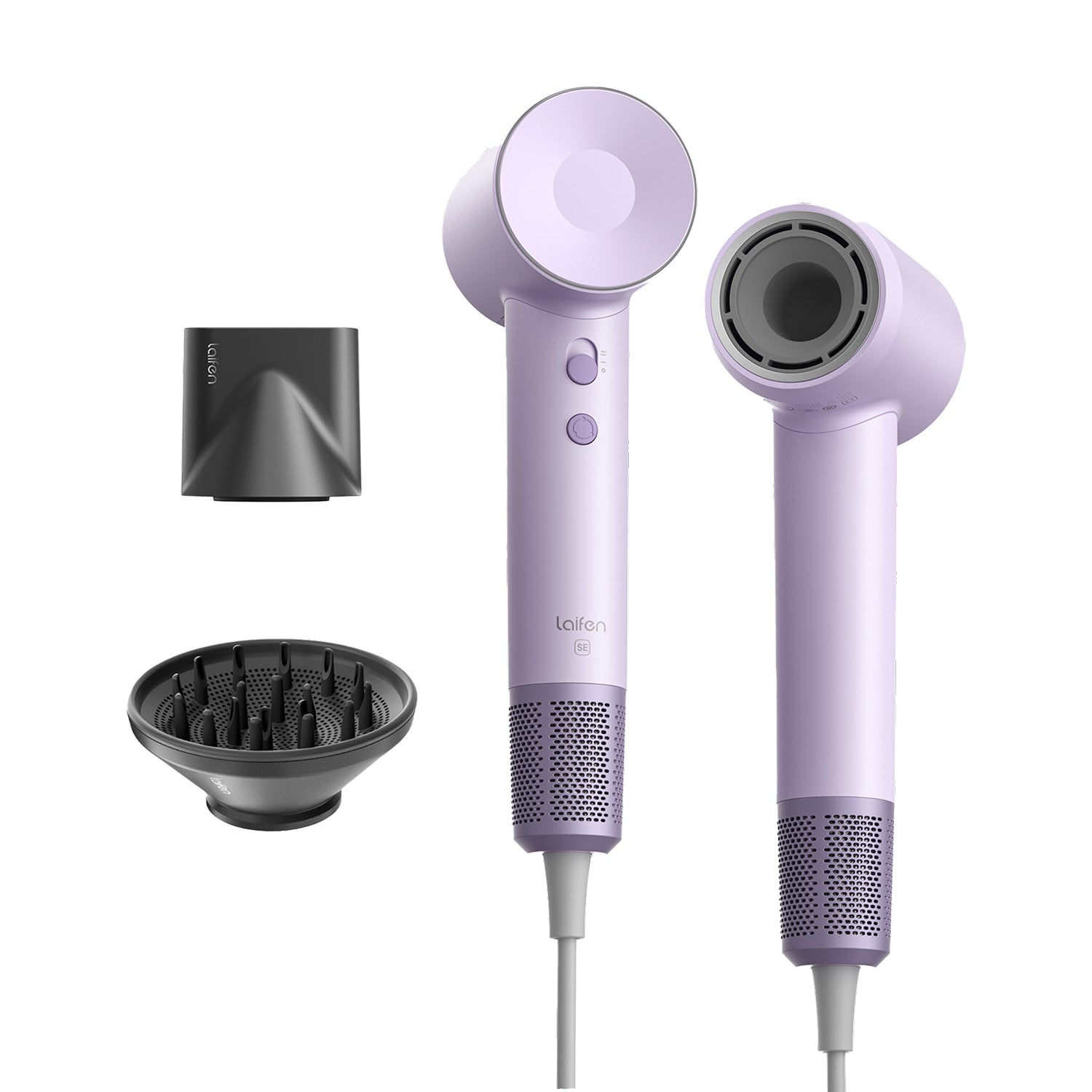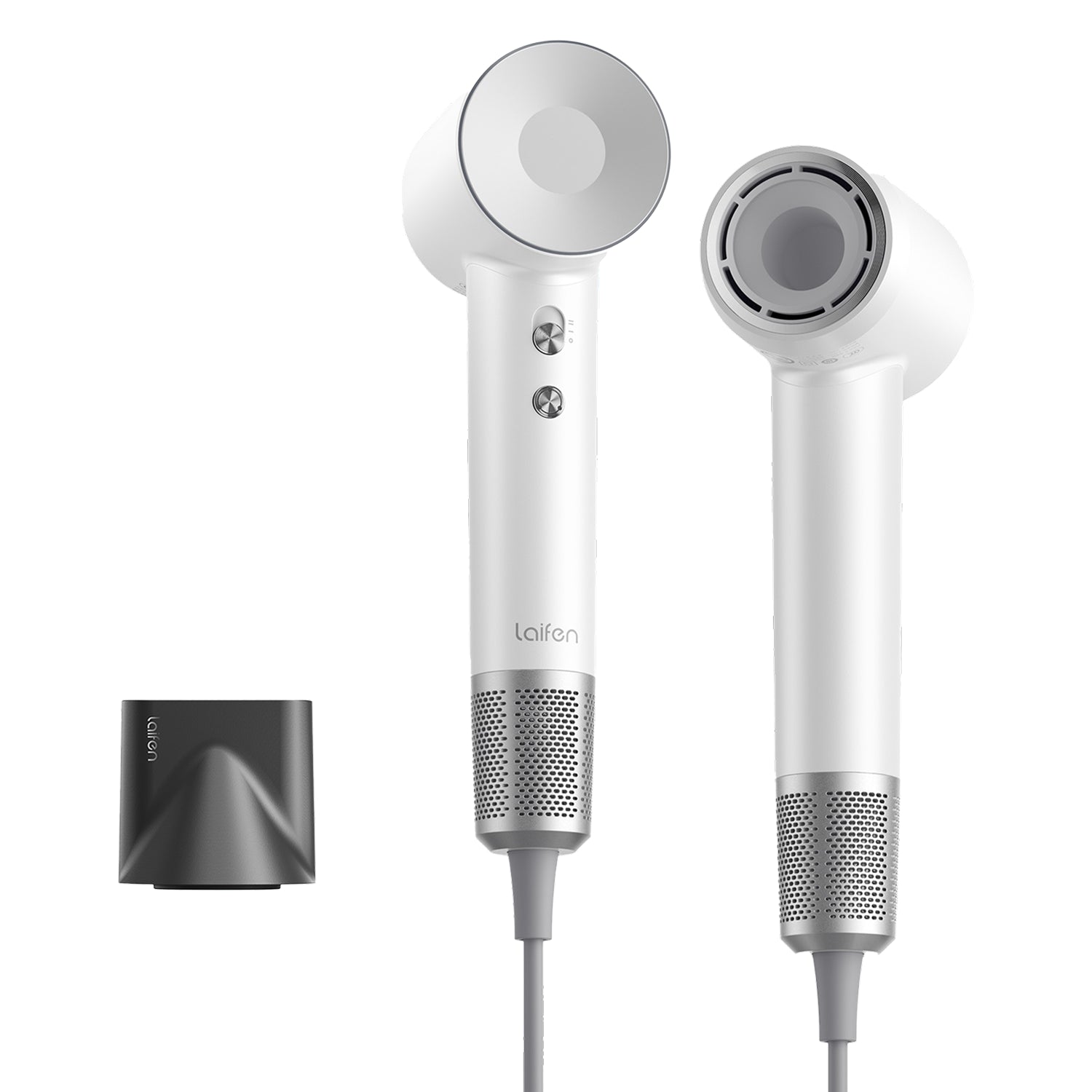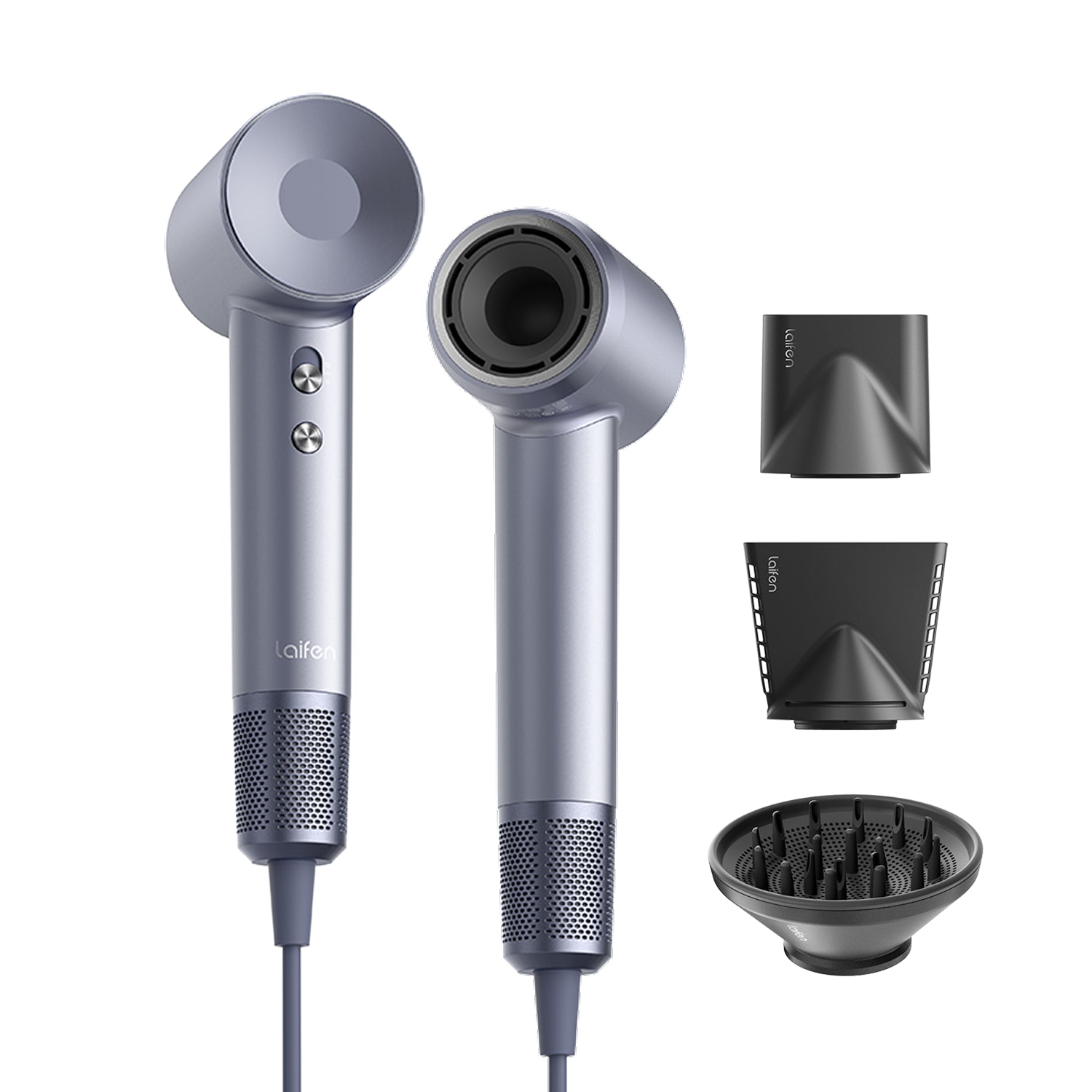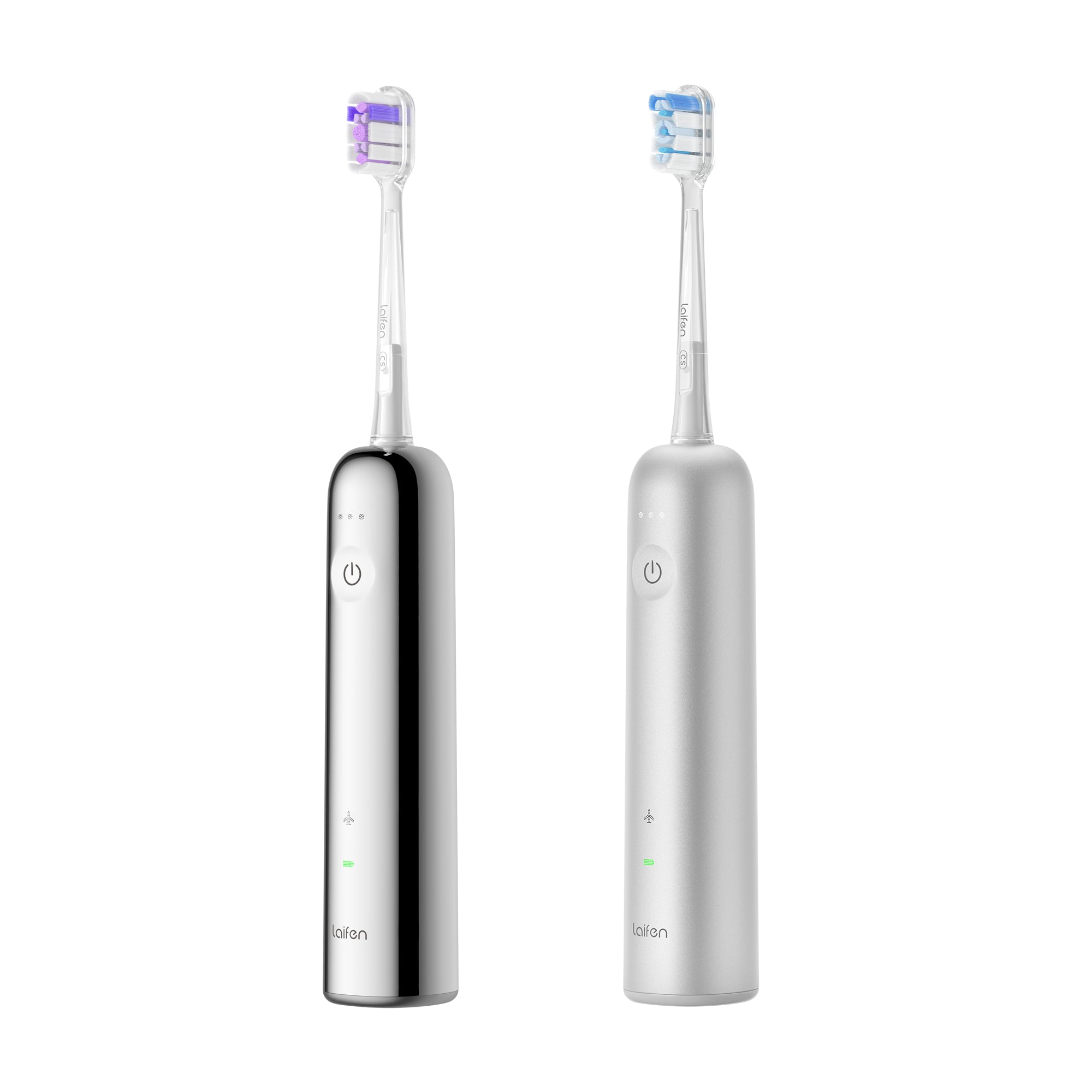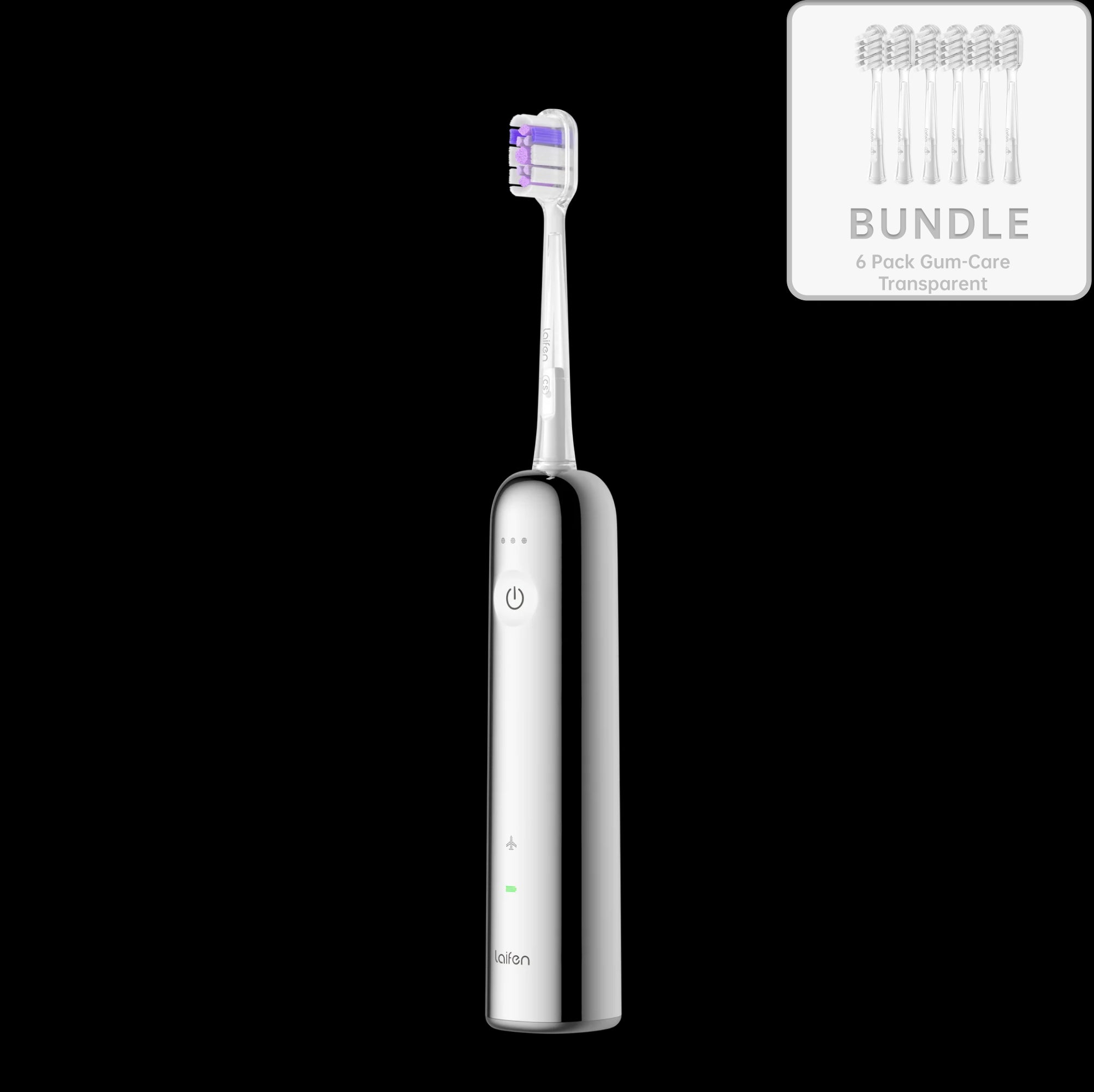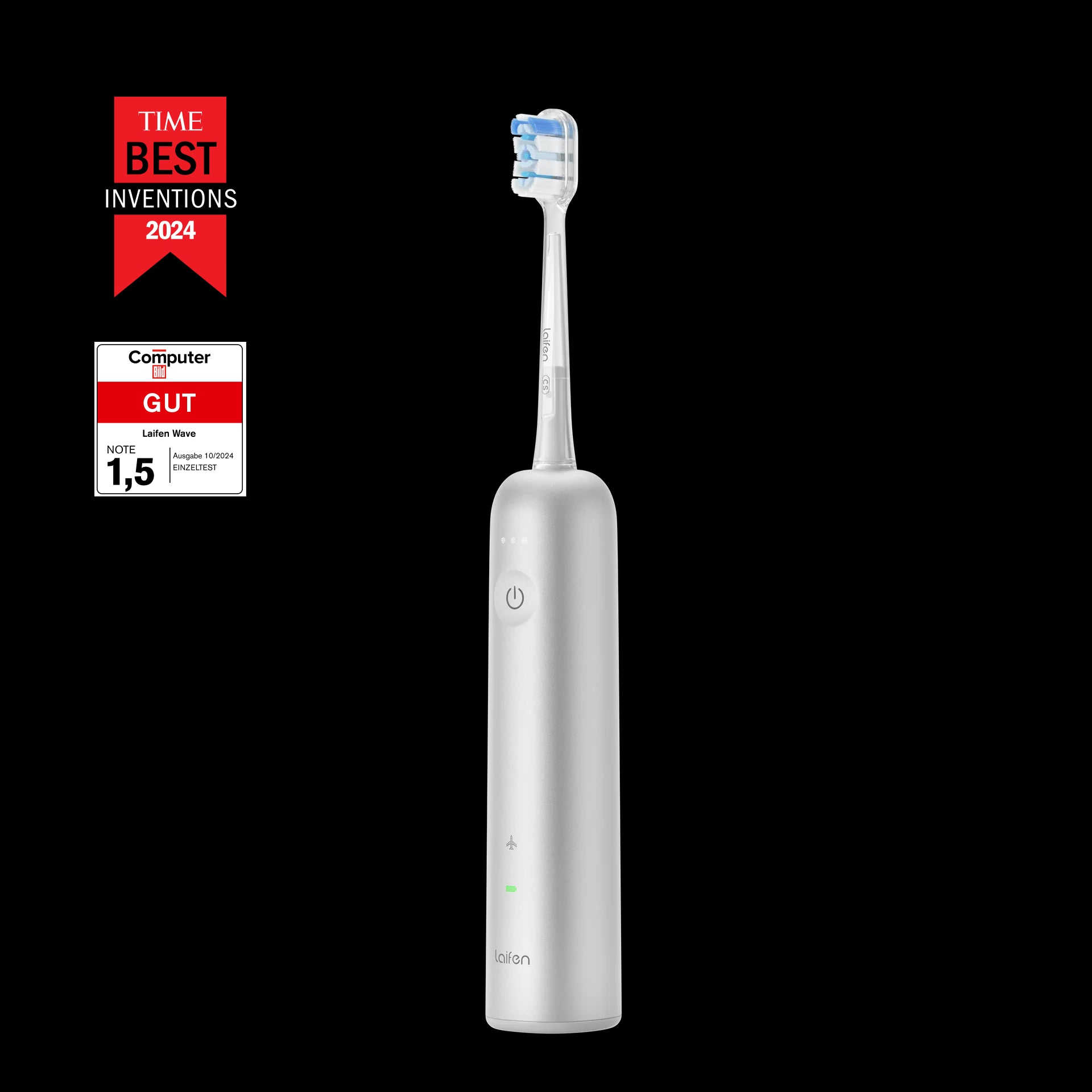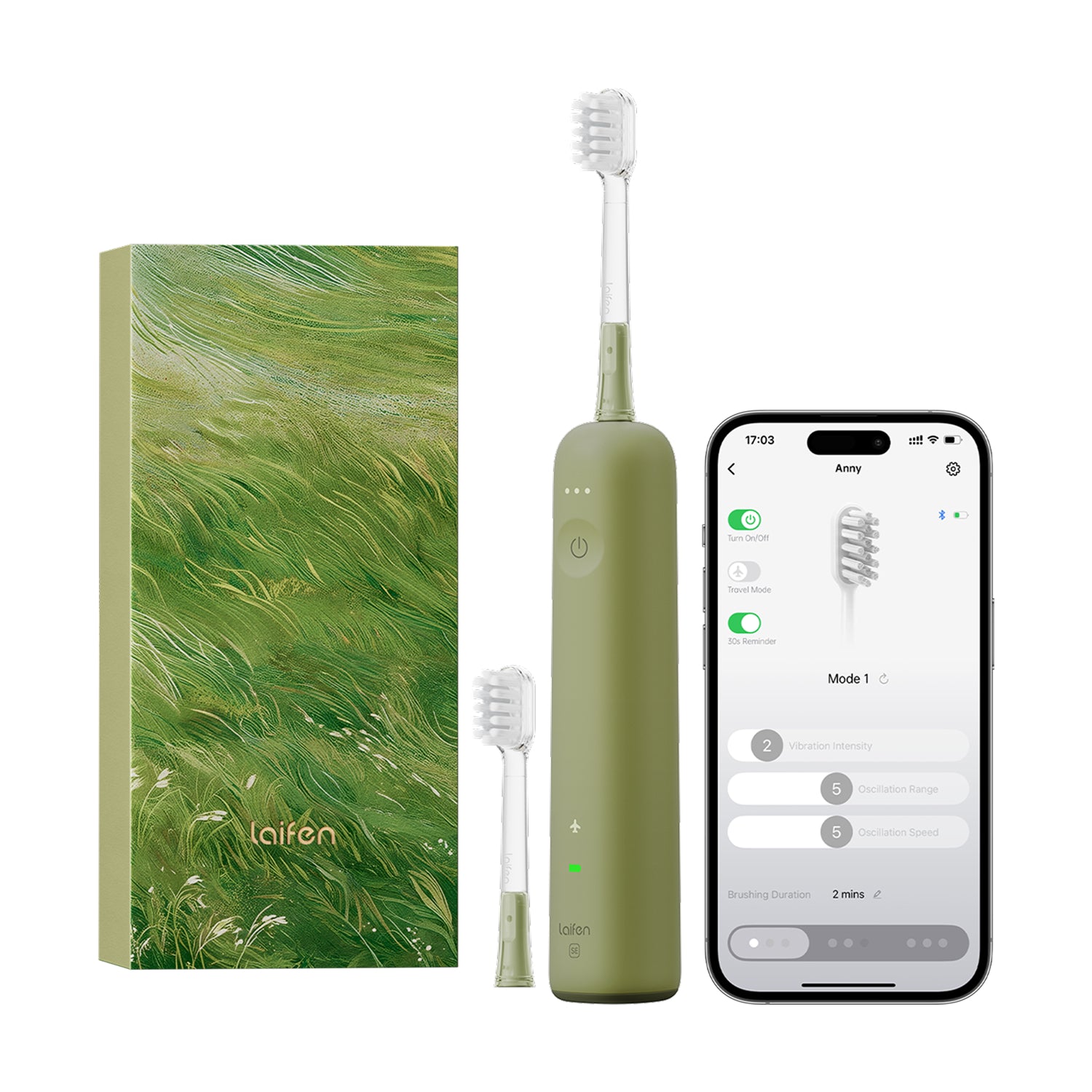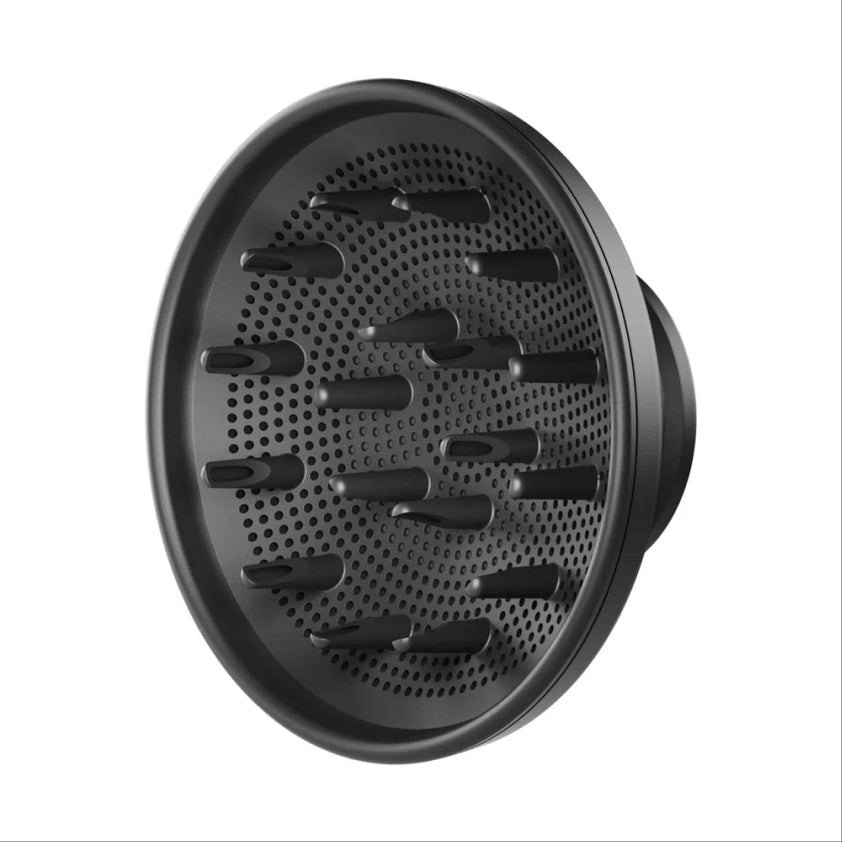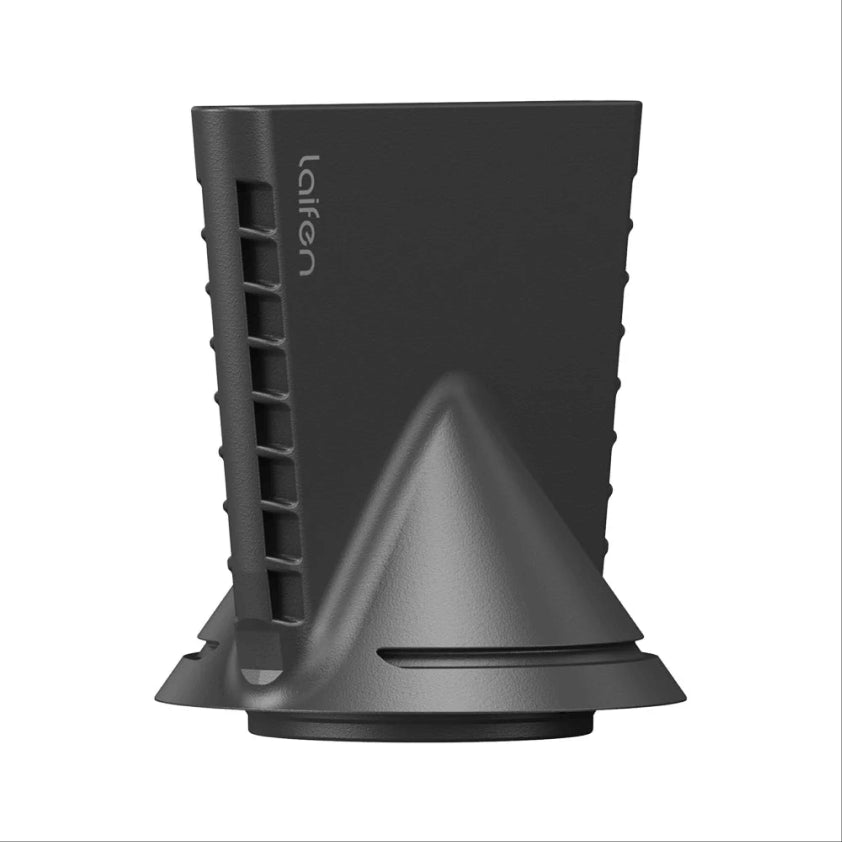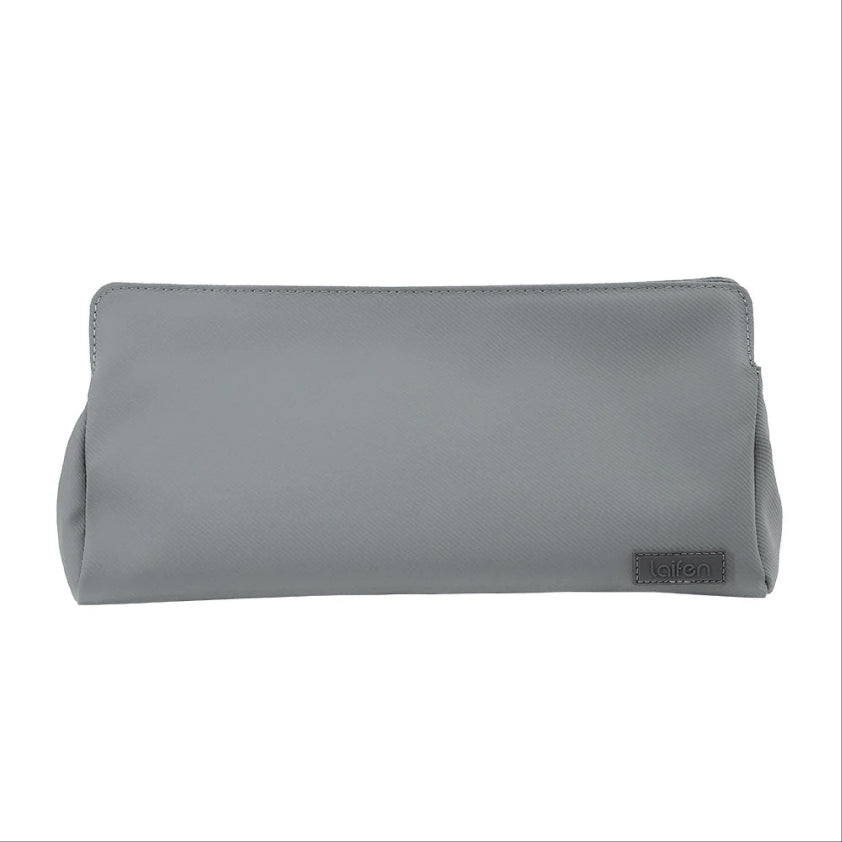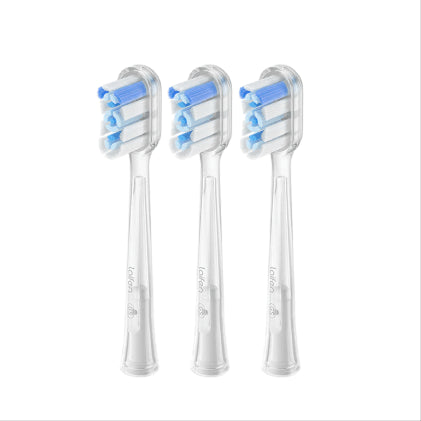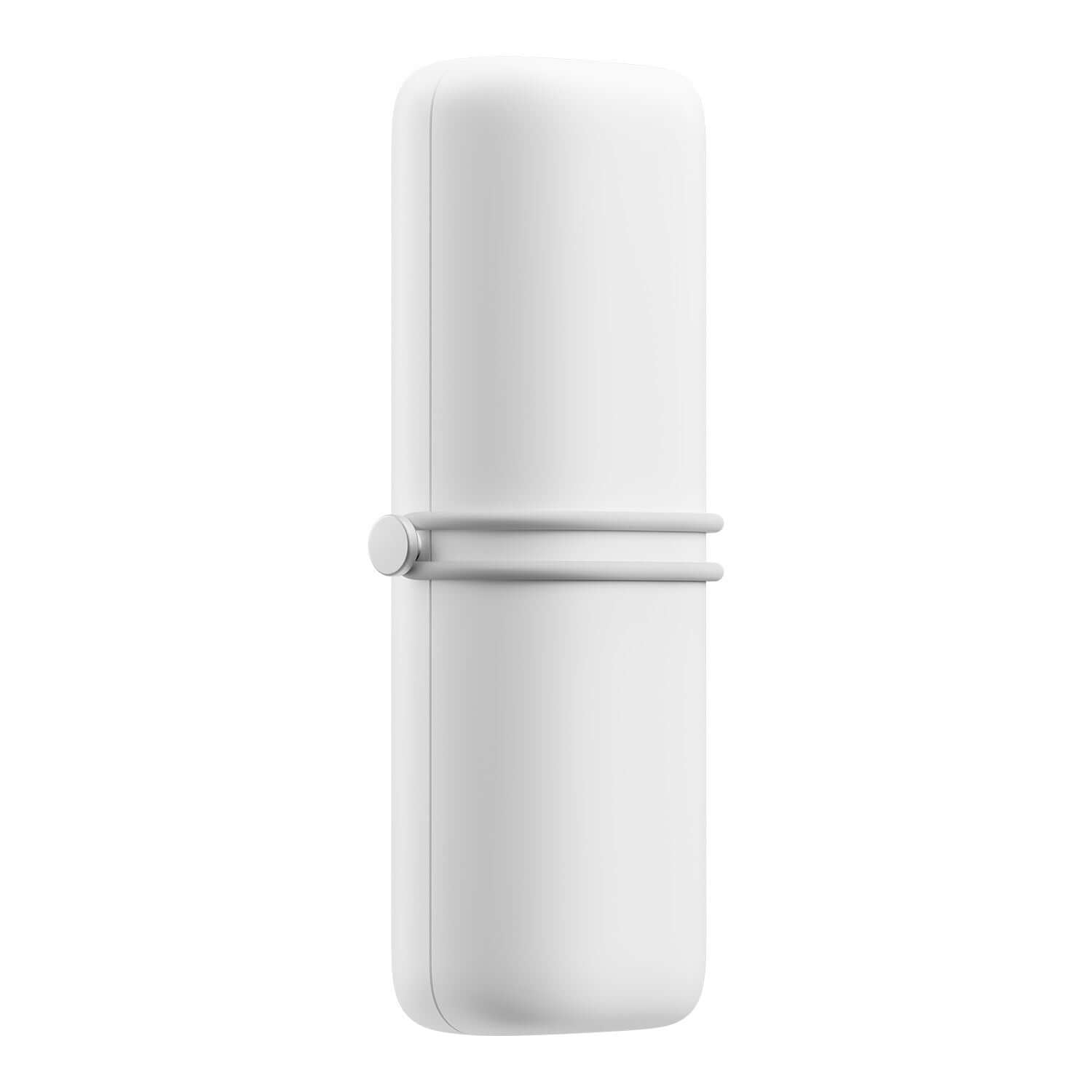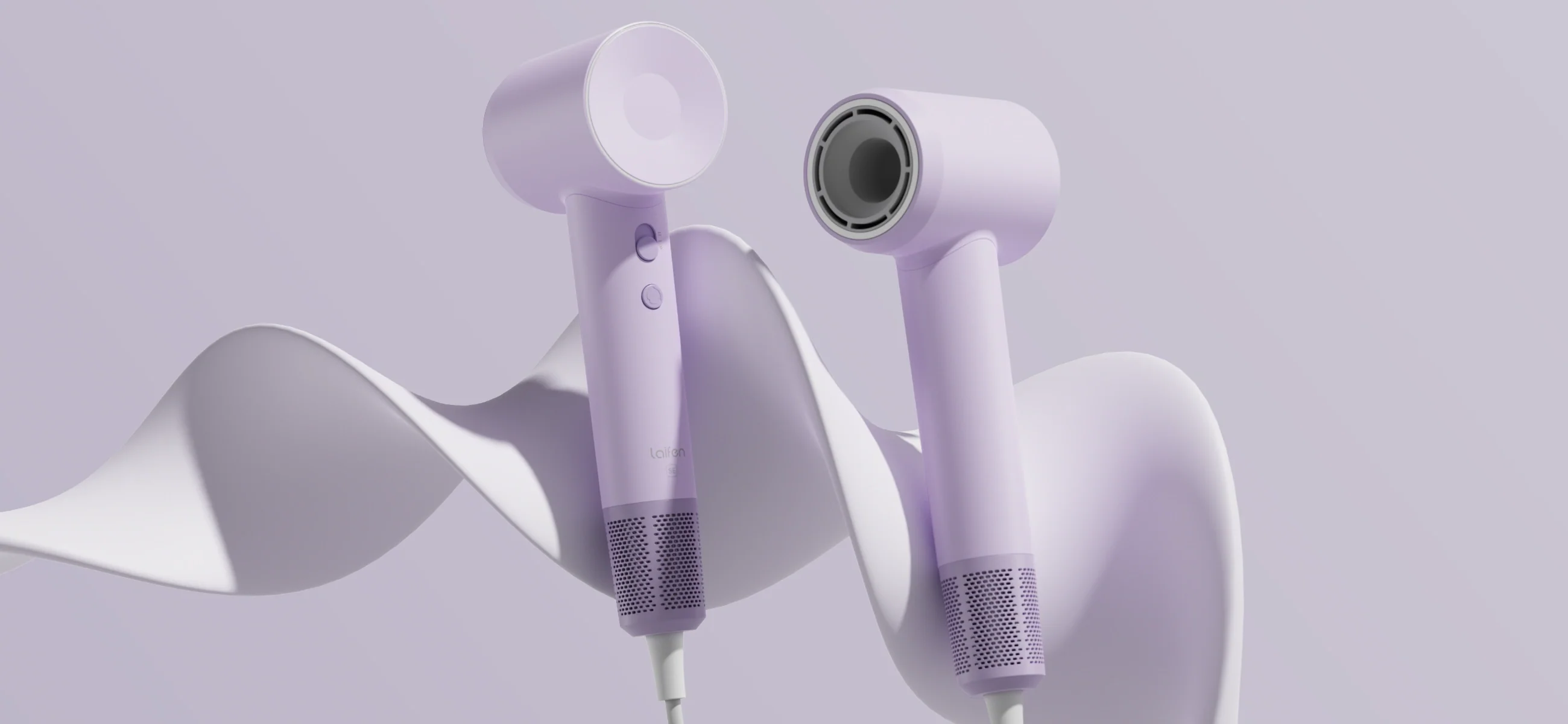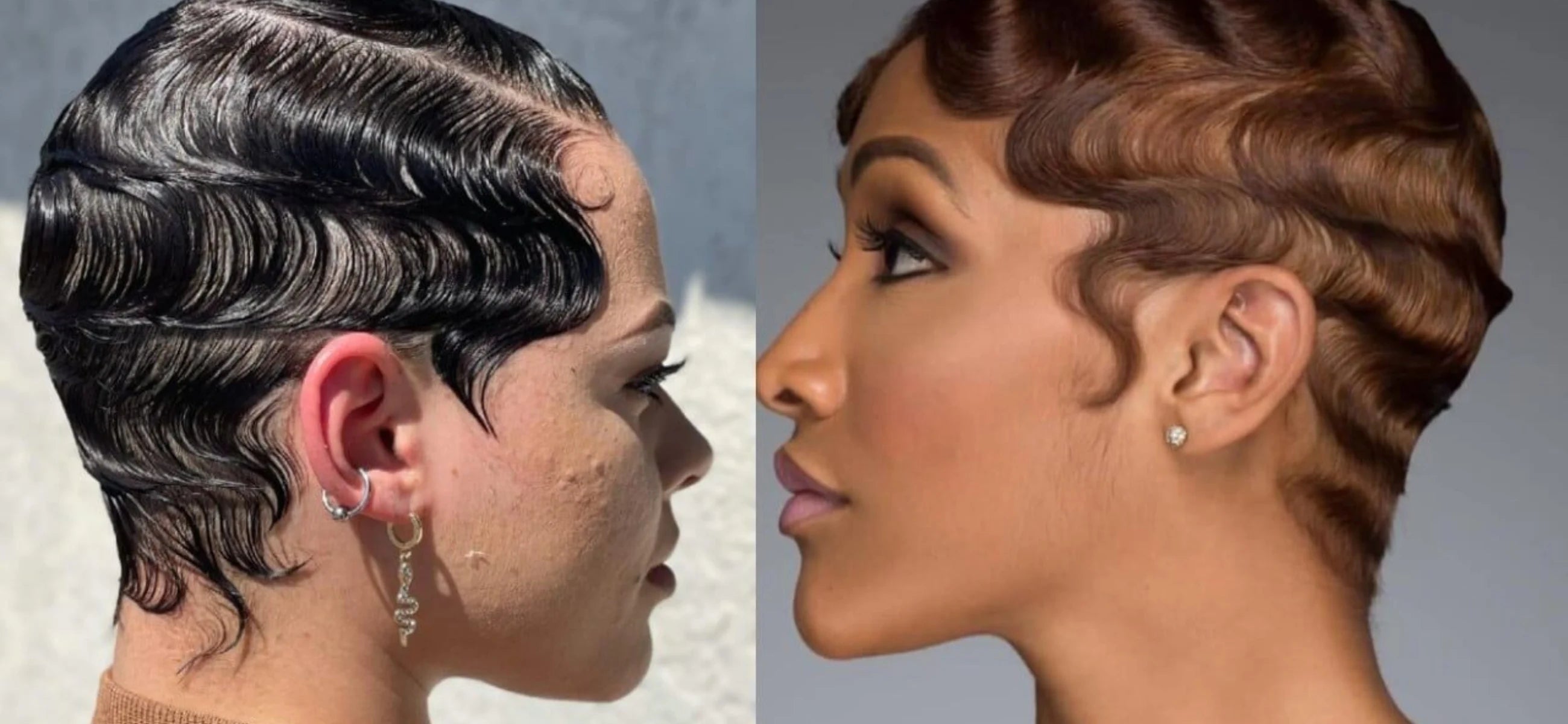
In this article
You might think a toothbrush is just a toothbrush, but oh boy, are you in for a surprise. From electric toothbrush wonders to manual classics, there's a whole array of options out there waiting to scrub away those pesky plaque monsters.
Now, why should you care about the type of toothbrush you use? Well, picture this: you wouldn't just grab any old shoe off the rack and expect it to fit perfectly, right? Your toothbrush is like your dental soulmate - it's gotta be just right for you.
Whether you're a fan of the high-tech vibes of an electric toothbrush or prefer the simplicity of a manual one, choosing the right toothbrush can make all the difference in your oral hygiene game.
So buckle up, because in our guide, we're gonna break down 8 types of toothbrushes, so you can find the perfect match for your pearly whites. Get ready to brush up on your toothbrush knowledge and make your dentist proud!
Electric toothbrush
With oscillating or sonic brush heads, electric toothbrushes like Laifen Wave provides superior plaque removal and gum care.

Unlike manual brushes, electric toothbrushes feature automated bristle movements, consistent and thorough cleaning with minimal effort. This technology enables you to achieve a more comprehensive clean and reach areas that may be challenging to access with a manual brush.
The history of the electric toothbrush dates back to the early 20th century when inventors began experimenting with powered tooth-cleaning devices. However, it wasn't until the late 1950s that the first commercially successful electric toothbrushes emerged.
Over the years, advancements in technology have transformed electric toothbrushes into sophisticated oral care devices. Today, these brushes boast a range of features, including multiple brushing modes, pressure sensors, timers, and smartphone connectivity. And you will find Wave different.
Manual toothbrush
Despite the rise of electric toothbrushes, manual toothbrushes remain a popular choice for many. Their simplicity, affordability, and accessibility make them a convenient option for daily oral care routines.
With a wide range of designs, colors, and bristle options available, manual toothbrushes offer consumers plenty of choices to suit their preferences and needs.
When selecting a manual toothbrush, firstly, the size and shape of the brush head should comfortably fit your mouth and reach all areas of the teeth and gums. Bristle stiffness is another crucial aspect to evaluate, with soft bristles recommended to prevent gum damage and enamel erosion.
In terms of materials, the best manual brushes often feature nylon bristles and durable plastic or bamboo handles. Nylon bristles are gentle yet effective in removing plaque and debris without causing damage to the enamel or gums. Bamboo handles offer an eco-friendly alternative to traditional plastic, being biodegradable and sustainable.
Interdental toothbrush
The interdental toothbrush, also known as an interproximal or proxabrush, is a specialized oral care tool designed to clean between teeth and along the gumline.
Unlike electric toothbrushes, which focus on overall tooth surfaces, interdental brushes target specific areas where plaque and debris tend to accumulate, such as tight spaces between teeth and along dental appliances like braces or bridges.
To use it effectively, you should start by selecting the brush size based on the space between your teeth. Insert the brush between adjacent teeth, moving it back and forth in a gentle sawing motion.
Avoid forcing the brush into tight spaces, as this can cause discomfort or damage to the gums. Rinse the brush under running water after each use and replace it regularly to maintain optimal hygiene and effectiveness.
End tuft toothbrush
The end tuft toothbrush is a dental tool designed to target hard-to-reach areas and provide focused cleaning in specific areas of the mouth. It has an extra small brush head with densely packed bristles, this toothbrush type is ideal for addressing neglected spots, such as orthodontic appliances, implants, and furcations (where the roots of teeth divide).
One of the primary benefits of the end tuft toothbrush is its ability to clean areas that traditional toothbrushes may struggle to reach. Its size allows for precise cleaning around braces, wires, and other dental hardware, ensuring thorough plaque removal and gum care.
Whether used alone or in combination with traditional toothbrushes and floss, the end tuft toothbrush plays a crucial role in promoting optimal dental hygiene .
Chewable toothbrush
The chewable toothbrush presents an innovative approach to oral hygiene. Here are some advantages and tips for using this type of toothbrush effectively:
Benefits:
-
Chewable toothbrushes are easy to carry. You can use them for travel, work, or other situations where traditional brushing may not be feasible.
-
With no need for water, toothpaste, or rinsing, chewable toothbrushes provide quick and hassle-free oral care anytime, anywhere.
-
Many chewable toothbrushes contain built-in breath fresheners or flavorings.
-
Suitable for individuals with limited mobility, disabilities, or conditions that make traditional brushing challenging.
-
Children may find chewable toothbrushes more enjoyable than traditional.
Mouthpiece toothbrush
The mouthpiece toothbrush is a modern oral care device designed to streamline the brushing process by simultaneously cleaning all teeth at once. Here are some guide to using it:
-
Apply a pea-sized amount of toothpaste evenly across the bristles of the mouthpiece toothbrush.
-
Place the mouthpiece toothbrush into the mouth.
-
Turn on the power button or activate the brushing mode to initiate the brushing action of the toothbrush.
-
While the toothbrush is in operation, move the brush head back and forth along the teeth and gumline.
-
Once the brushing cycle is complete, remove the mouthpiece toothbrush from the mouth and rinse it thoroughly under running water.
-
Clean the brush head and handle as directed by the manufacturer.
Sulcabrush
Here comes the last type of toothbrush-The Sulcabrush is a single-tufted toothbrush designed to target therapeutic gum care, removing plaque while gently massaging the gum line to prevent gingivitis and promote overall oral health. With its different type of design, this brush provides targeted cleaning around dental appliances like crowns, bridges, and implant.

